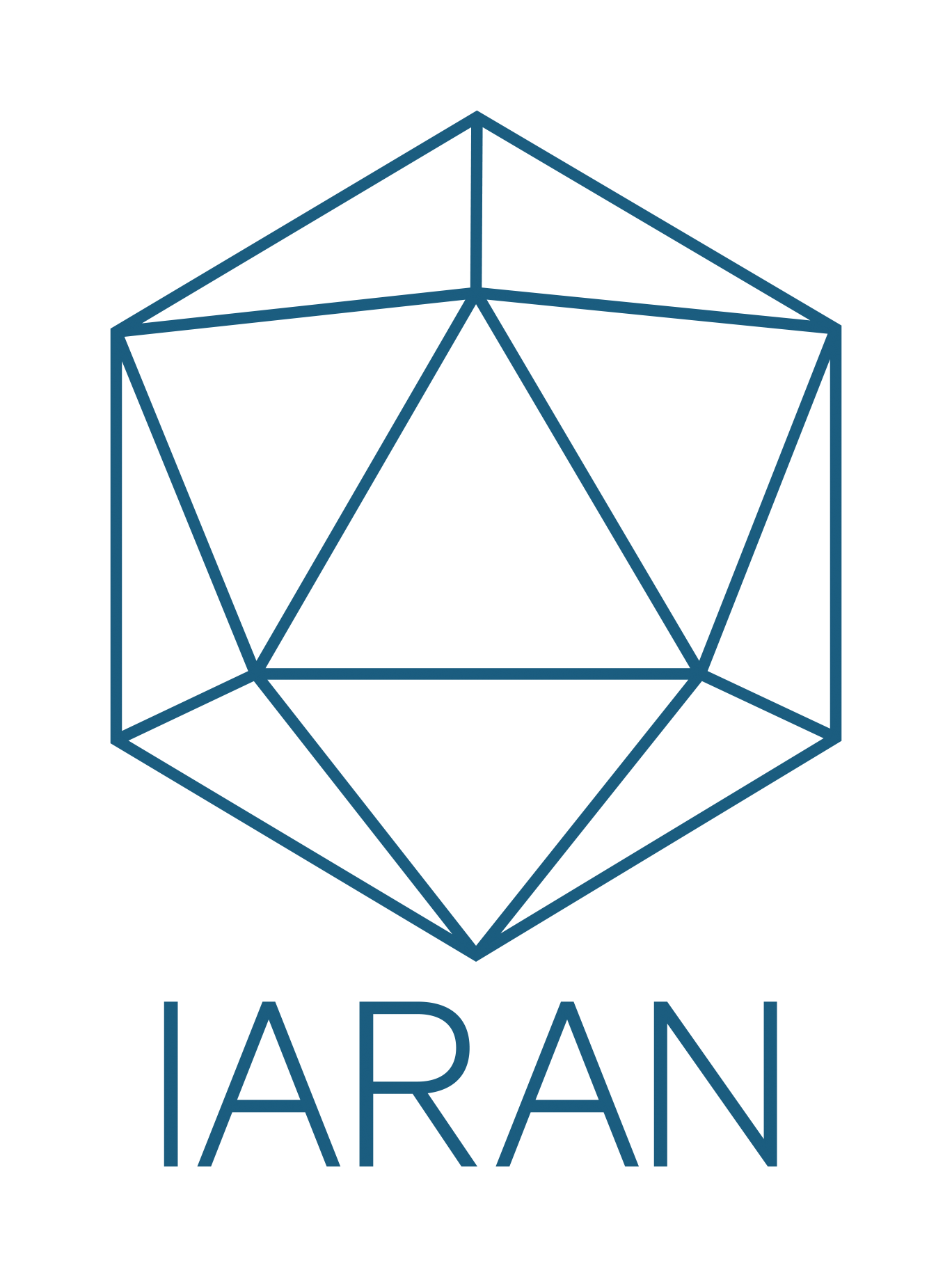As a hub of humanitarian professionals, the Interagency Research and Analysis network aims to make the humanitarian sector more strategic. Last month we published our latest report – From Voices to Choices – which looks at the dynamics of decision-making in humanitarian aid, identifying the trends and inertia that could move us (or prevent us from moving) to a system where people affected by crises are making the decisions about the aid that they receive. One particular trend, global interconnectivity, illustrates why those most affected must be at the heart of decision making.
People affected by crisis are their own first responders. They understand best their surroundings, they know what they do (and do not) need, and they have the free will and capacity to make their own choices. This is what we call ‘individual agency’. Everyday people affected by crisis innovate to mobilize their own response and overcome the challenges they face, often without the support of the formal aid sector. How? In part, by utilizing their own social networks: friends, families and communities as well as technologies, such as mobile money and social networking sites. Formal humanitarian aid is just one component of personal response (albeit often a very important one), but in surveys conducted for the 2015 State of the Humanitarian System study, respondents reported that while 33% of received assistance came from aid organizations, two thirds came from a variety of other sources including: government (30%) family living abroad (22%) and local businesses (15%).
Digital humanitarians demand accountability. How often do you check your mobile phone for notifications from your loved ones? The rapid spread of technology has made the world more interconnected than ever. In crisis, mobile connectivity is imperative to sharing safety reports amongst loved ones and needs with response organizations. Closed WhatsApp and Facebook groups have been known to contribute to a safer travel route for many Syrian refugees and they have helped to organize community responses to natural disasters, such as drought in Somaliland and the eruption of Mount Merapi in Indonesia. Furthermore, social networks have the ability to turn the crisis communications paradigm on its head. People affected by crisis are able to directly raise their own voices (and needs) to aid power holders, media, and to the general public without the filters of journalists or aid agencies – this opens the door for influencing aid decision-making and demanding accountability from the formal humanitarian sector.
There is a rise in disruptive potential and growing competition. Local aid actors may be able to harness competitive advantages in a more interconnected and technological world, disrupting the humanitarian state of play, as we know it. With greater contextual understanding, local aid actors can be more agile in creating locally adapted models for aid delivery, which will make them increasingly attractive partners, especially as blockchain technology removes the need for middle men. This not only provides an alternative service with minimal international involvement, but allows for the possibility of genuine partnerships to be developed with donors, national governments and private sector companies – possibly expanding further the choices available to people affected by crisis which best fit their needs.
We are on the brink of a sea change.
There is no disputing that this growing global connectivity can provide more opportunities for self-organization and access to alternative sources of assistance to people affected by crisis. However, many people will also be left behind in the digital divide.
Formal aid actors must choose to change in ways that enable the most vulnerable people they serve to have more influence over aid. As interconnectivity further chinks away at the armor of the humanitarian sector, aid actors must adapt to growing competition and work with local actors and people affected by crisis, as equal partners to co-produce strategies that meet evolving needs.

